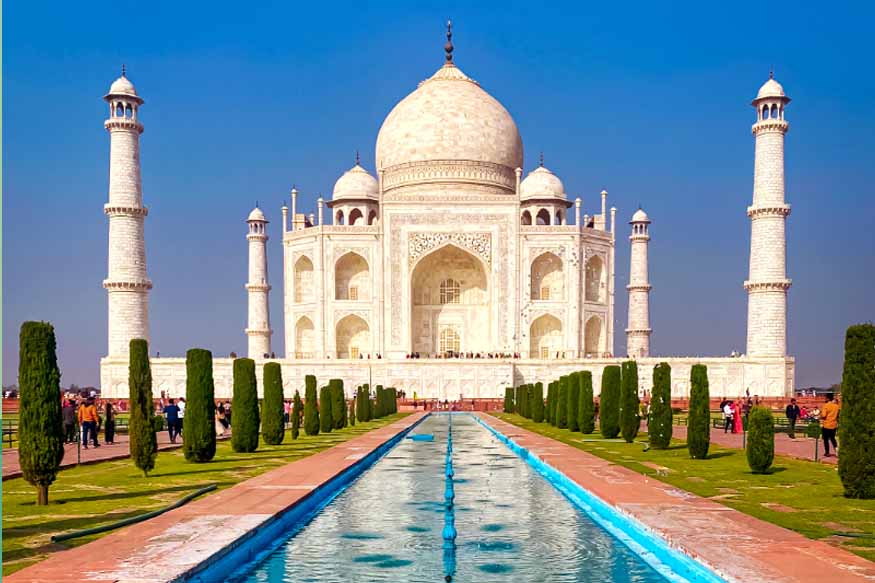India is a country with varied cultures and a rich history. There are several historical monuments with huge significance across the country that showcase its impressive past. These architectural wonders are more than just buildings, they represent the cultural heritage of India. They share tales of old civilizations, powerful empires, and the artistic skills of earlier times. This article let us get to know about some of the famous monuments of India, focusing on their historical importance and architectural beauty.
The Taj Mahal
The Taj Mahal, situated in Agra, is one of the most famous historical monuments in not just India but in the world. This beautiful monument made of white marbles is a tomb constructed by Mughal Emperor Shah Jahan to honor his cherished wife, Mumtaz Mahal. The construction of Taj Mahal finished in 1653. It is known for its amazing design, detailed carvings, and lovely gardens. Taj Mahal is recognized as a UNESCO World Heritage site and is commonly called the “Jewel of Muslim Art in India.”
Qutub Minar
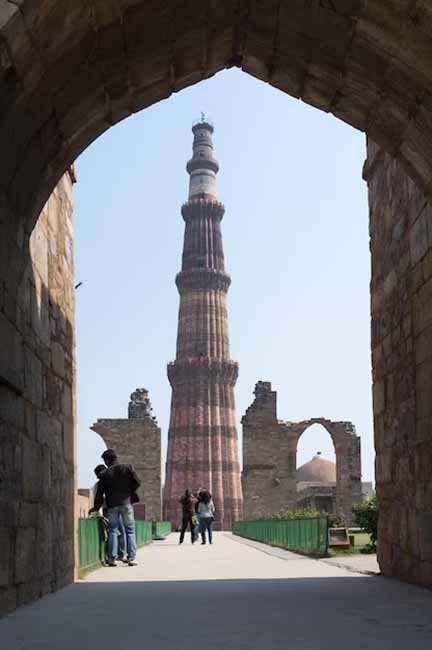
The Qutub Minar in Delhi is one of the stunning ancient monuments of India. This tall minaret reaches 73 meters and was built in 1193 by Qutb-ud-din Aibak, the founder of the Delhi Sultanate. The Qutub Minar is located in the Qutub Complex, which also features other architectural wonders of India like the Quwwat-ul-Islam Mosque and the Iron Pillar.
Red Fort
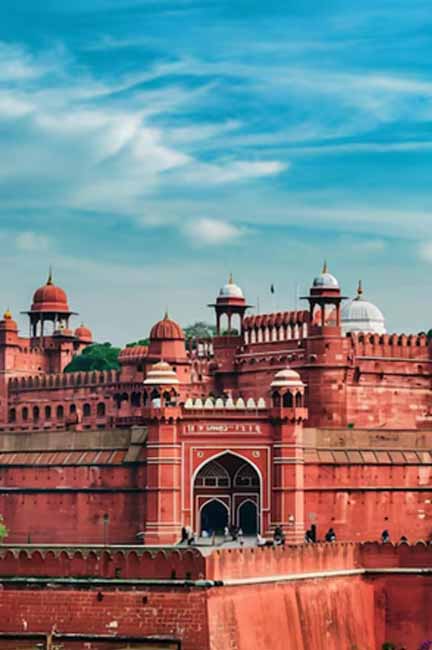
The Red Fort, in Delhi, represents India’s deep history and cultural legacy. This monument was constructed by Mughal Emperor Shah Jahan in 1648. This grand fort was the primary home of the Mughal emperors for almost 200 years. It is famous for its striking red sandstone walls, detailed marble designs, and lovely gardens. It is recognized as a UNESCO World Heritage site in India and is essential for anyone interested in history.
Ajanta and Ellora Caves
The Ajanta and Ellora Caves in Maharashtra are important heritage sites in India. These caves, carved from rock and dating back to the 2nd century BCE, are famous for their beautiful sculptures and paintings. The Ajanta Caves focus mainly on Buddhism, while the Ellora Caves include a variety of Buddhist, Hindu, and Jain temples. These caves showcase the artistic and architectural skills of ancient India.
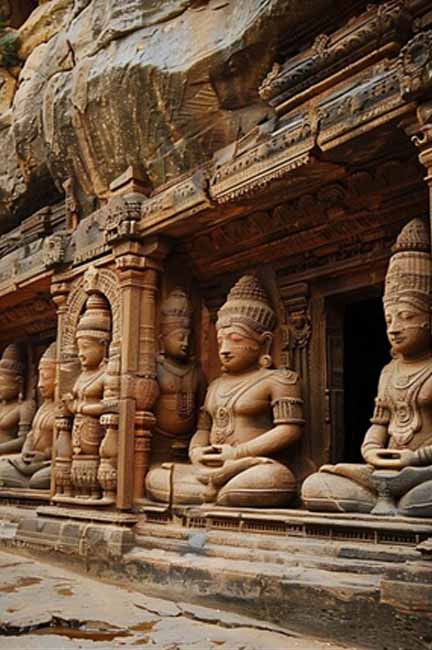
Mysore Palace
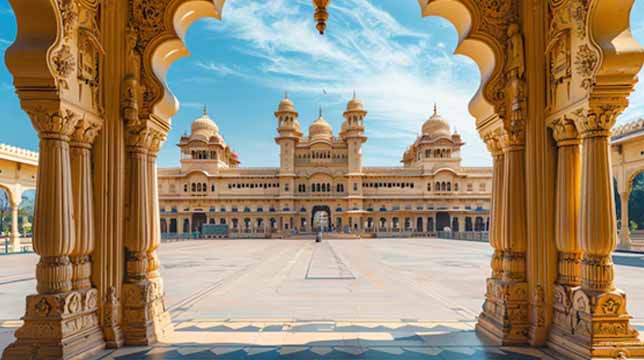
Mysore Palace, or Amba Vilas Palace, is one of the beautiful architectural wonders of India. This palace is situated in Mysore, Karnataka. The palace features Indo-Saracenic design, detailed carvings, and bright lights during festivals. This home of the Wadiyar dynasty is a well-known landmark in India, drawing millions of tourists annually.
Hampi
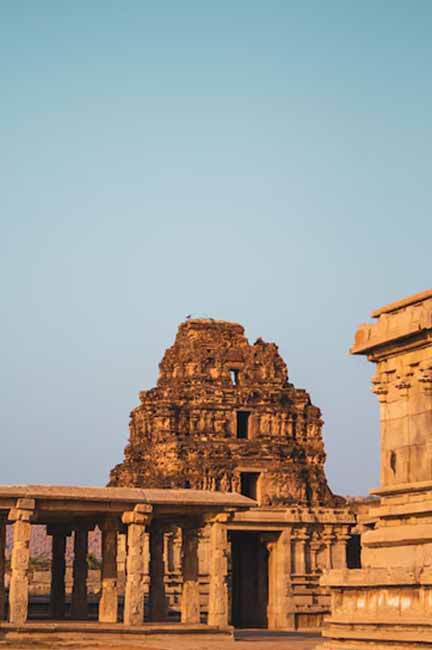
Hampi is an ancient village in Karnataka, India, recognized by UNESCO as a World Heritage site in India. It was the capital of the Vijayanagara Empire. The area is filled with ruins of many temples, palaces, and other buildings. Key historical sites in Hampi include the Virupaksha Temple, Vittala Temple, and the famous Stone Chariot.
Konark Sun Temple

The Konark Sun Temple in Odisha is a stunning ancient monument in India. Constructed in the 13th century by King Narasimhadeva I, it honors the Sun God, Surya. The temple resembles a giant chariot, featuring beautifully carved stone wheels, pillars, and walls. It is recognized as a UNESCO World Heritage site, showcasing the architectural excellence of ancient India.
Fatehpur Sikri
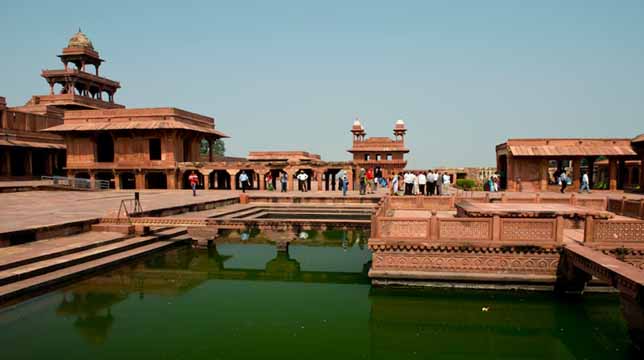
Fatehpur Sikri, situated close to Agra, is a historic city established by Mughal Emperor Akbar in the 16th century. It was the capital of the Mughal Empire for a short time and is famous for its beautiful architecture and organized design. Key historical sites in Fatehpur Sikri include the Buland Darwaza, Jama Masjid, and Panch Mahal.
Khajuraho Temples
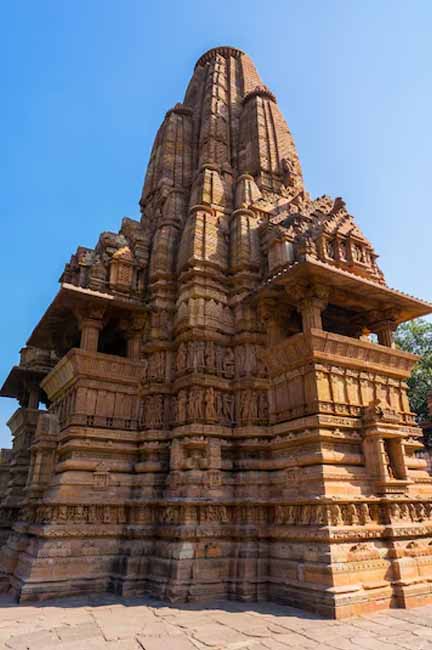
The Khajuraho Temples in Madhya Pradesh are well-known for their detailed carvings and erotic sculptures. Constructed by the Chandela dynasty in the 9th and 10th centuries, these temples are recognized as a UNESCO World Heritage site in India. They showcase a unique mix of Hindu and Jain architecture and are regarded as one of India’s most important architectural marvels.
Gateway of India
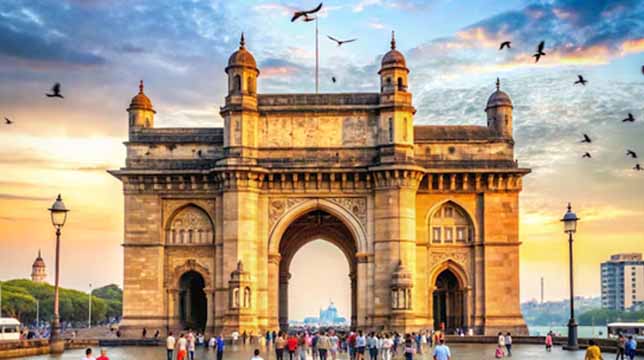
Gateway of India in Mumbai is a well-known landmark and one of most famous monuments of India. It was built in 1924 to honor the visit of King George V and Queen Mary. This impressive archway represents India’s colonial past. The Gateway of India attracts many tourists and serves as a starting point for discovering Mumbai.
Victoria Memorial
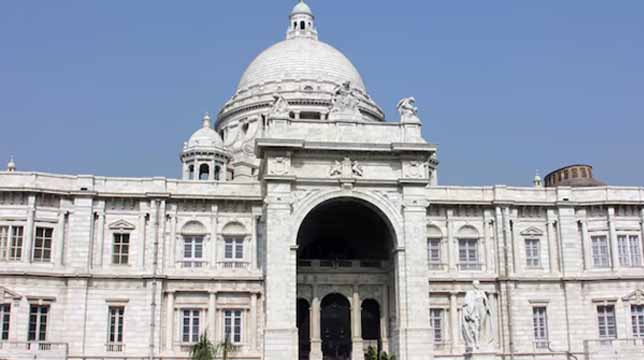
The Victoria Memorial in Kolkata is a stunning marble structure honoring Queen Victoria. Constructed from the year 1906 to 1921, it combines British and Mughal architectural styles. The memorial features a museum filled with various artifacts, paintings, and sculptures, making it a key heritage site in India.
Charminar
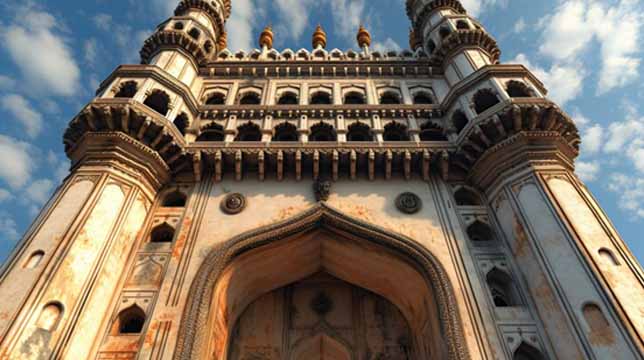
Charminar in Hyderabad is a well-known landmark and one of iconic and famous structures of India. It was built in 1591 by Muhammad Quli Qutb Shah, the founder of Hyderabad. This impressive building has four minarets and detailed stucco designs. The Charminar represents the rich history and cultural heritage of Hyderabad.
Conclusion
India’s historical monuments reflect its vibrant culture and amazing architecture. The stunning Taj Mahal and the old caves of Ajanta and Ellora are just a few of many examples of these incredible sites. Visiting these heritage locations helps your children learn more about India’s past and highlights the skill of ancient builders.
For more such informative/interesting blogs, Visit Center Point School.

